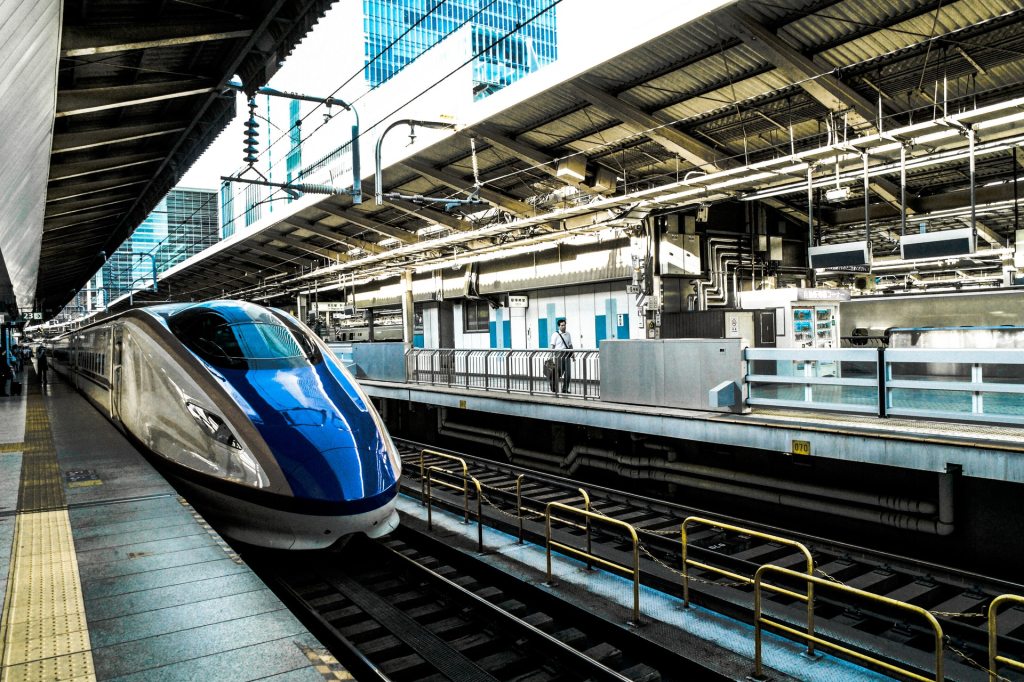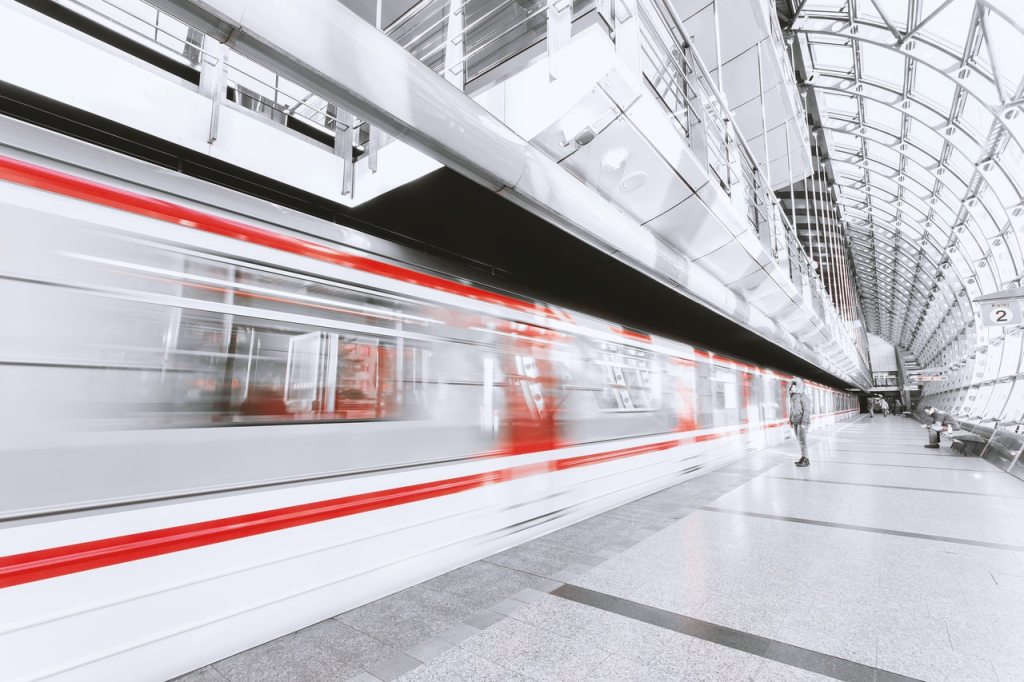March 2020 Edition: mid-quarantine, can we think past the current situation?

The current situation may mean there’s not much travel going on, but we’ll soon be back on the rails.
The world might be looking a little different by then, though. Many airline companies have been struggling as a result of the travel restrictions.
This could mean more trains. Different types of service will be needed to fulfil changing demands – more sleepers, perhaps, or different customer needs such as business travellers needing wifi.
What are your thoughts? We would love to hear them.
Ian/we recently got involved in conversations about this on Twitter. Here are some interesting aspects that came up.

We value your opinions and thoughts here, and would love to know what you would like to see for the future of train travel.
Please comment below with your thoughts.


Think you have a good point about the night trains vs. new high-speed lines – a lot of overnight services have already disappeared in Europe because the increased speed of modern trains meant they weren’t worth running. Even only a couple of years ago, I had to take a combination of Eurostar to Paris then an overnight couchette to get to a project I was working with in the south of France, with a total journey time of around 24 hours.
By last year, the Eurostar was running directly to Avignon and Marseille, cutting the journey time to a matter of hours. On the other hand, that meant I reached my destination tired and ready for a nap rather than refreshed after a good night’s sleep on board…in terms of saving time (and money on accommodation) the sleepers are great, but I don’t think many people will consider trains a true competitor to airlines over longer distances unless the journey times can be brought down significantly.
LikeLike
Thank you for your comment, Jennie. I think it will be a combination of less flights being available in the future, and perhaps faster/higher quality services. Maybe others reading this will know of a high speed couchette service?
LikeLike
I added more detail to my thoughts on Barcelona-Brussels and tried to construct a realistic timetable around our discussion. It would involve using most of the Brux-Paris-Avignon HSL at reduced speed (200 kph).
Basically, I guess you won’t beat national high speed services during daytime, so I checked when lots of important trains leave and arrive at these hubs.
For Barcelona, trains to all of Spain leave just after 8 am (and arrive just before 9 pm in the evening). This gets you to Madrid and Valencia by 11 am, even Sevilla and Málaga by early afternoon.
The same goes for Brussels. Eurostar, Thalys and ICE trains to London, Amsterdam and Cologne leave at roughly 8:30, arriving in London and Cologne at 10 am and Amsterdam and Frankfurt at 11 am. This gets you to all of Germany by early afternoon and is even enough to arrive in Berlin or Vienna before night trains to Eastern Europe leave. Bypassing Paris in Marne-la-Vallée, a local hub east of Paris, at 05:30/23:30, the 8 am Brussels slot is also excellent for business travellers to Paris.
LikeLiked by 1 person
Thank you Lennart. This are great ideas on how to make the most of the great trains in Europe.
LikeLike